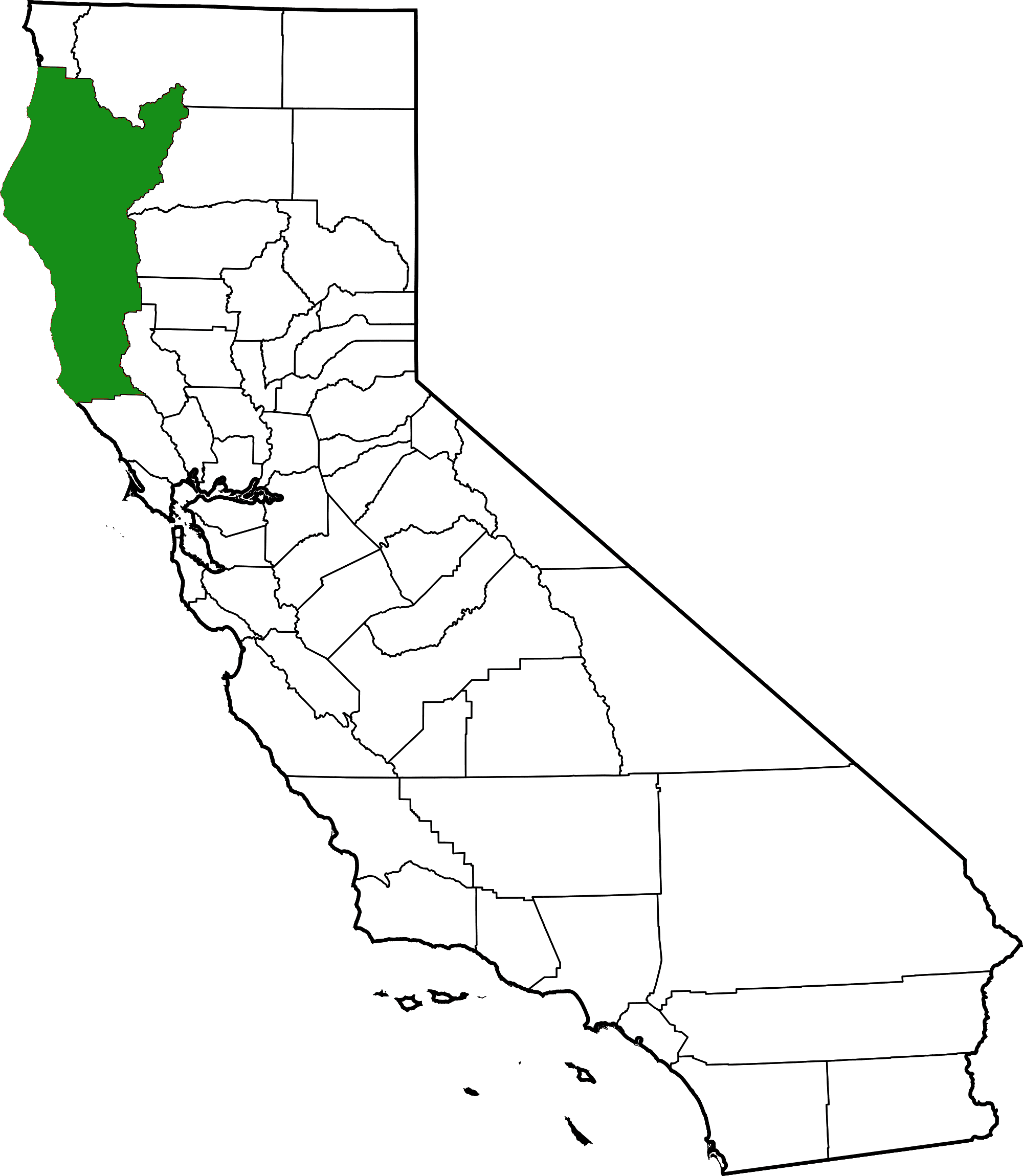
What are appellations? An appellation is a geographical name (as of a region, village, or vineyard) under which a winegrower is authorized to identify and market wine. But appellations are used for more than just wine. In France, for example, the Appellation d’Origine Contrôlée (AOC) is a certification given to certain French geographical indications for wine, cheese, butter and other agricultural products.
Certifying the geographical origin of certain products stems from the concept of terroir, which is the set of environmental factors that affect a crop’s unique flavor, aroma and other characteristics. Some great examples of this are Champagne, which is produced from the Champagne region grape grown on specific parcels in the Champagne appellation, and Camembert cheese, which is protected by a designation of origin that requires production in Normandy. Tequilla and Mezcal also must come from a particular region. Consumers are becoming increasingly conscientious about where their food comes from and how it’s produced. Chefs and local farmers are also embracing the concept of terroir.
In the United States, appellations for wine grape-growing regions are called American Viticultural Areas (AVA), and are designated by the Alcohol and Tobacco Tax and Trade Bureau (TTB) of the United States Department of the Treasury. Some of the requirements for establishing an AVA are:
- Evidence that the name of the proposed AVA is locally or nationally known as referring to the area;
- Evidence that the boundaries are legitimate; and
- Evidence that the growing conditions (or the terroir), including climate, soil, elevation, etc. are unique.
Under TTB regulations, in order to use an AVA designation on the label of a wine, 85% of the grapes used must have been grown in the region. There are currently more than 200 AVAs in the United States, and the Mendocino County AVA is comprised of 10 smaller AVAs. These AVAs, many of them highly recognized, include Anderson Valley, Yorkville Highlands, McDowell Valley, Potter Valley, Redwood Valley, Cole Ranch, Dos Rios, Covelo and Mendocino Ridge.
The goal of the Mendocino Appellations Project is to apply similar regional designations within the “Emerald Triangle” to cannabis, and to potentially create a “Mendocino Made” cannabis certification. By allowing local cannabis farmers to designate these AVAs or certifications on their products, the hope is to prevent big corporations and outside companies from using the names of the region and sub-regions on their branding.
Emerald Triangle cultivators want to prevent others, with cannabis grown only partially or not at all locally, from exploiting the good will associated with the region’s traditionally high quality product. Though businesses are prevented from producing false and misleading advertising, it wouldn’t be difficult for a company to reference a particular region in their branding if, for example, only 10% of the product actually came from that region. The benefit of appellations or AVAs is that certain minimum standards for regional designations are set and enforced – As stated above, U.S. AVAs require that 85% of grapes be grown in the designated region.
But the big difference between wine and cannabis appellations, as usual, comes down to the continuing federal illegality of cannabis. Because wine AVAs are established by the TTB, a federal agency, development of cannabis appellations will need to be instituted and enforced at the state and local levels. Just as the USDA will not grant organic certifications to cannabis businesses, the TTB is unlikely to slap its seal of approval on regional cannabis designations. Fortunately, Mendocino County seems to be fully on board in support of its cannabis cultivators.
Regional cannabis appellations also provide a sort of work around for many cultivators that have attempted to obtain trademark protection based on their locale. The USPTO will not register a mark that, when used in connection with the applicant’s goods, is “primarily geographically descriptive” of those goods. An example of this would be something like “Humboldt Grown.” The policy behind this has been to prevent one company from registering a location name to the exclusion of others seeking to identify the origin of their own goods. Appellations or AVAs provide a way for all producers in a region to leverage the geographic locale in which their goods are produced for branding purposes, while also maintaining their own unique trademarks.
We hope the Mendocino Appellations Project gains traction. It would be a great way to recognize the history and community of local cannabis cultivators in the Emerald Triangle, and it would give them a well-deserved leg up on big cannabis. And their success will no doubt lead to others seeking to do the same in other cannabis legal states.























